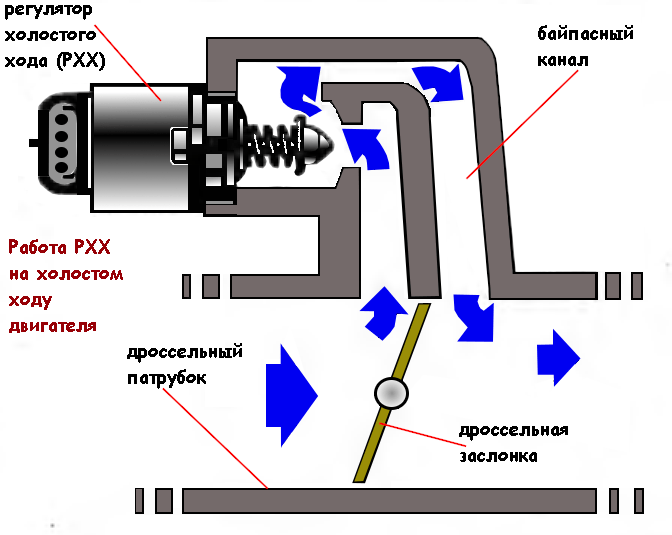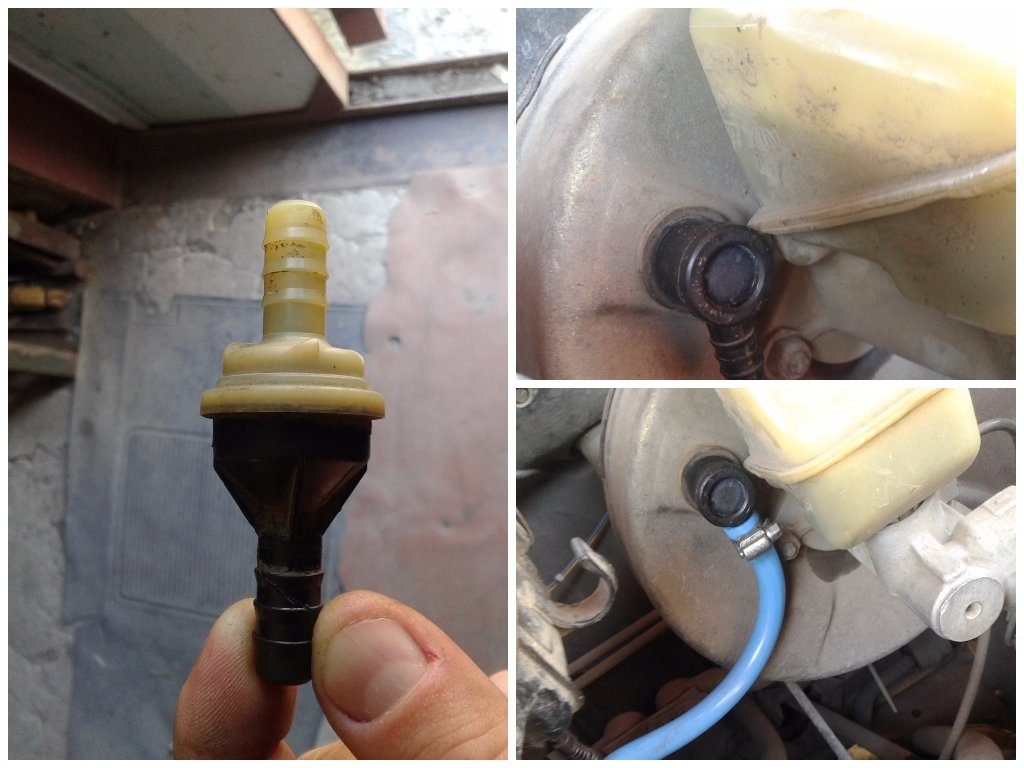
Symptoms of a faulty or failing universal joint (U-joint)
Content
- 1. Creaking at the beginning of the movement (forward or backward)
- 2. "Knock" with ringing when switching from Drive to Reverse.
- 3. Vibration is felt throughout the vehicle when moving forward at speed.
- 4. Transmission fluid is leaking from the rear of the transmission.
- 5. The vehicle cannot move under its own power; propeller shaft dislocated
Common signs of a failing universal joint include a creaking sound, clanging when shifting gears, vibration in the vehicle, and a transmission fluid leak.
Universal joints (abbreviated as U-joints) are driveshaft assembly components found in most rear wheel drive trucks, XNUMXWD trucks and SUVs, as well as SUVs. Cardan joints, located in pairs on the driveshaft, compensate for the misalignment in height between the transmission and the rear axle, while transmitting power to move the car. This allows each end of the driveshaft and its associated universal joint to flex with each rotation of the driveshaft to deal with misalignment (by the way, rear wheel drive vehicles these days mostly use constant velocity joints for the same purpose, allowing for much smoother flex drive shaft rotation).
Here are some symptoms of a bad or malfunctioning universal joint that you may notice, in rough order of severity:
1. Creaking at the beginning of the movement (forward or backward)
The bearing components of each universal joint are lubricated at the factory, but may not have a grease fitting to provide additional lubrication after the vehicle is put into service, limiting their life. Since the bearing portion of each universal joint twists slightly with each rotation of the drive shaft (but always in the same place), grease can evaporate or be expelled from the bearing cup. The bearing becomes dry, metal-to-metal contact occurs, and the universal joint bearings will squeak as the drive shaft rotates. The squeak is usually not audible when the vehicle is moving faster than 5-10 mph due to other vehicle noises. The squeak is a warning that the universal joint should be serviced by a professional mechanic. In this way, you can certainly extend the life of your universal joints.
2. "Knock" with ringing when switching from Drive to Reverse.
This noise usually indicates that the universal joint bearings have enough excess clearance that the driveshaft can rotate a little and then stop abruptly when switching power. This could be the next stage of wear after insufficient lubrication in the universal joint bearings. Servicing or lubricating the gimbal bearings will not repair damage to the gimbal, but may extend the life of the gimbal somewhat.
3. Vibration is felt throughout the vehicle when moving forward at speed.
This vibration means that the gimbal bearings are now worn out enough for the gimbal to move outside of its normal path of rotation, causing imbalance and vibration. This will be a vibration of a higher frequency than, for example, an unbalanced wheel, since the propeller shaft rotates 3-4 times faster than the wheels. A worn universal joint now causes damage to other vehicle components, including the transmission. Having the universal joint replaced by a professional mechanic is definitely meant to prevent further damage. Your mechanic should, whenever possible, select quality replacement universal joints with a grease fitting to allow for long term preventative maintenance and prolong the life of the universal joint bearings.
4. Transmission fluid is leaking from the rear of the transmission.
A transmission fluid leak from the rear of the transmission is often the result of a badly worn universal joint. The above vibration caused the transmission rear shaft bushing to wear and damage to the transmission output shaft seal, which then leaked transmission fluid. If a transmission fluid leak is suspected, the transmission should be inspected to determine the source of the leak and repaired accordingly.
5. The vehicle cannot move under its own power; propeller shaft dislocated
You've probably seen this before: a truck on the side of the road with the drive shaft lying underneath the car, no longer attached to the transmission or rear axle. This is an extreme case of gimbal failure - it literally breaks and allows the drive shaft to fall onto the pavement, no longer transmitting power. Repairs at this point will involve much more than a universal joint and may require a complete driveshaft replacement or more.

